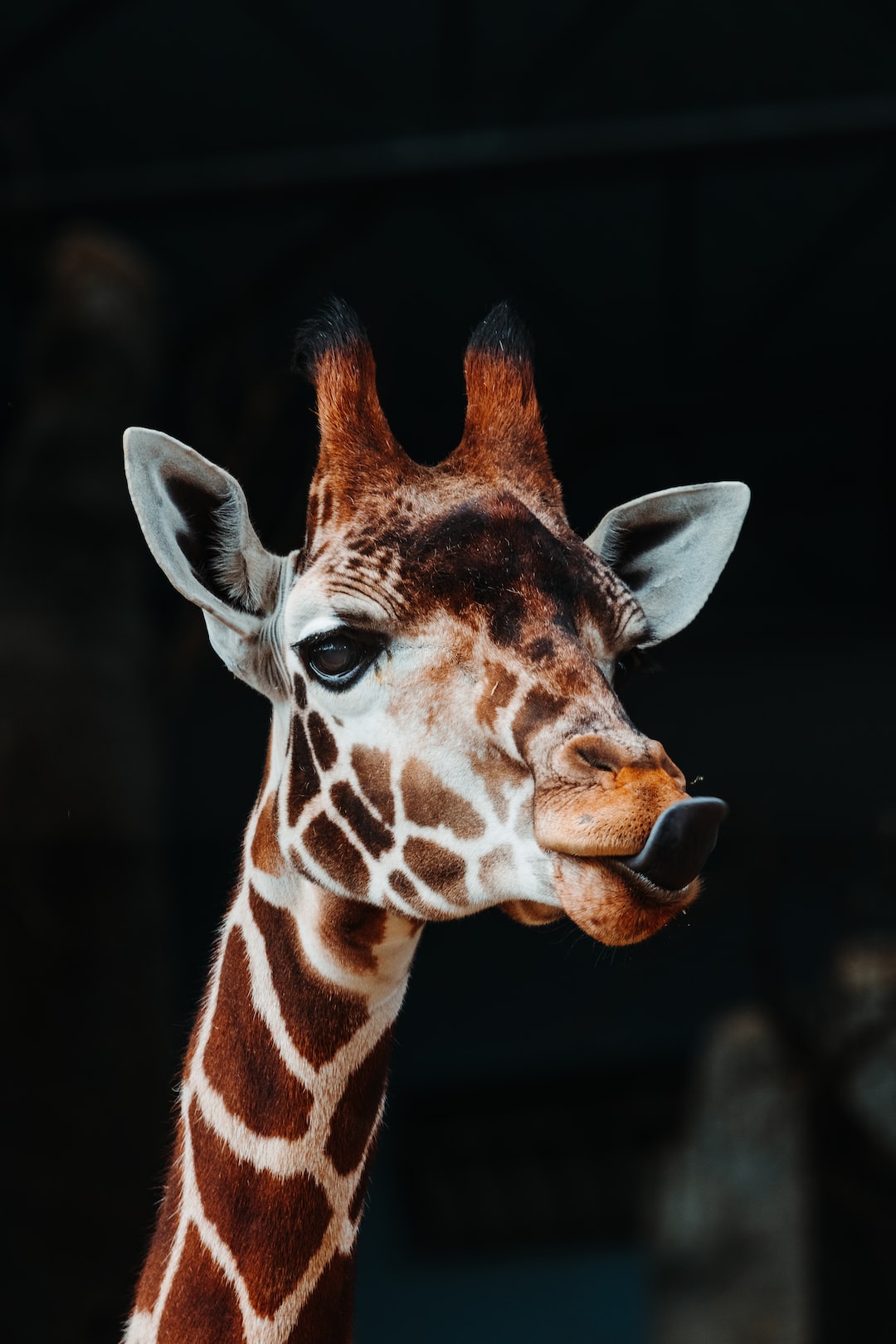The Impact of Climate Change on Animal Habitats
Climate change, an undeniable global crisis, is not only affecting the delicate balance of ecosystems but also leading to significant alterations in animal habitats. Rising temperatures, changing precipitation patterns, and sea level rise are just a few of the detrimental consequences of climate change that have already began to reshape the biodiversity of our planet. This blog post delves into the profound impact of climate change on animal habitats, discussing the long-term implications for various species and how we can work towards mitigating its effects.
One of the major effects of climate change on animal habitats is the alteration of temperature patterns. As global temperatures continue to rise, many animal species are finding it increasingly challenging to adapt to their environments. For instance, certain cold-blooded animals rely on specific temperature ranges to regulate their body temperature and maintain optimal function. However, even slight temperature increases can disrupt these delicate thermal balances and hinder their survival. Additionally, as warmer temperatures expand the range of certain diseases and parasites, animals that have never been exposed to these threats before become vulnerable, further endangering their populations.
Changing precipitation patterns, another consequence of climate change, can also significantly impact animal habitats. Many species, particularly those in regions with distinct wet and dry seasons, depend on the regularity and availability of water sources for their survival. However, as precipitation patterns become more unpredictable and extreme, such as prolonged droughts or heavy rains, these habitats become less conducive for supporting the diverse array of organisms that rely on them. Water-dependent animals, including amphibians and certain bird species, face increased risks such as decreased breeding opportunities, food scarcity, and habitat loss.
Additionally, sea level rise, a direct result of climate change, poses a major threat to coastal and marine animal habitats. As the Earth’s temperature increases, glaciers and ice sheets melt, causing ocean levels to surge. This rise in sea levels negatively impacts coastal ecosystems, such as marshlands and mangroves, which serve as crucial breeding grounds, nurseries, and habitats for countless animal species. The encroachment of seawater on these lands leads to habitat loss, increased salinity, and disruption of the delicate ecosystem cycles, severely impacting the biodiversity of these areas.
Although climate change is undoubtedly influencing animal habitats worldwide, these impacts are not uniform. Different species and ecosystems vary in their ability to adapt or shift to new conditions. Some animals, especially those with larger ranges, might be able to relocate to more suitable environments as their current habitats deteriorate. However, others, particularly those highly specialized to specific conditions or confined to limited ranges, are more likely to succumb to the profound changes brought about by climate change.
Addressing the impact of climate change on animal habitats requires a multi-faceted approach. Firstly, we must prioritize conservation efforts that focus on protecting and restoring habitats that are crucial for the survival of endangered species. This includes reforestation projects, the creation of protected areas, and the implementation of sustainable land management practices. By safeguarding these habitats, we provide a lifeline for a range of species, allowing them to persist even in the face of changing climates.
Additionally, reducing greenhouse gas emissions is paramount in combating climate change and preserving animal habitats. Governments, businesses, and individuals all have a role to play in transitioning to cleaner energy sources and adopting sustainable practices. Raising awareness about the impact of personal actions, such as reducing energy consumption and choosing more environmentally-friendly transportation options, can make a meaningful difference in curbing climate change and protecting animal habitats.
Furthermore, scientific research and monitoring programs play a vital role in understanding the impacts of climate change on animal habitats. By studying how different species respond to changing conditions, researchers can identify potential vulnerabilities and develop strategies to support their survival. This includes studying migration patterns, breeding behaviors, and genetic adaptations, among other aspects, to gain insights into how animals are coping with climate change and how humans can assist them in their efforts.
In conclusion, climate change poses a profound threat to animal habitats globally. Rising temperatures, changing precipitation patterns, and sea level rise are transforming ecosystems in unprecedented ways, jeopardizing the survival of countless species. However, through concerted conservation efforts, mitigation of greenhouse gas emissions, and increased research, we can strive to protect and restore animal habitats, thereby mitigating the impact of climate change on biodiversity. It is essential that we take urgent action to address this crisis, for the wellbeing of both animals and humans alike.

